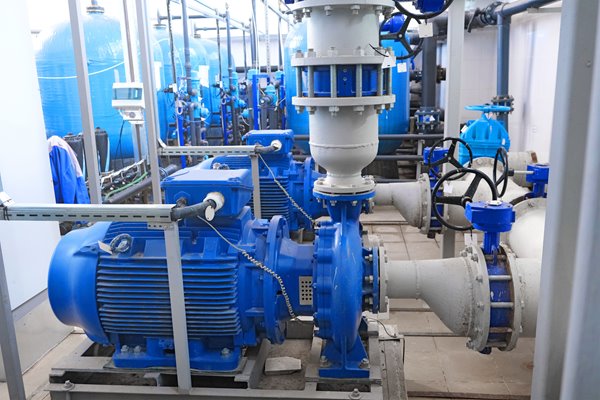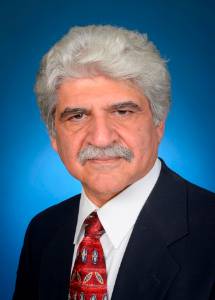This course covers the nature of pumps and valves and how they interact for optimum system performance. The course discusses the requirements necessary for the selection of pumps and valves. It is structured in a sequence, starting from basics to detailed discussion of various aspects of both pumps and valves. It is designed to help participants develop a full understanding of how pumps and valves work, covering selection, installation, operation, maintenance, and trouble shooting.
This course covers topics, such as the flow of fluids (e.g., calculating the flow of fluids and pressure drop), the selection of centrifugal pumps, and the selection of positive displacement pumps. It also discusses types of valves, flow characteristics of valves, and the best practices in installation, as well as operation and maintenance.
Participants receive guidance in making cost-effective decisions on the sizing of a pipeline diameter and tips for avoiding poor system operation. The course also discusses how centrifugal pumps are selected according to a procedure of matching the system curve of the pipeline to the pump performance curve. It also discusses positive displacement pumps, types of valves and pumps, and a valve selection guide.
By participating in this course, you will learn how to successfully:
- Calculate the pressure loss in a pipeline due to friction for circular and noncircular ducts
- Determine the pipe diameter that minimizes first plus operating costs of a piping system
- Generate a system curve for a pipeline
- Identify the testing methods used to obtain a performance map for a centrifugal pump
- Employ the system curve to select an efficient centrifugal pump
- Explain how to predict when cavitation will occur and identify the necessary steps to avoid it
- Explain how to use dimensional analysis to correlate experimental data for a pump
- Explain how the specific speed is determined
- Apply affinity laws to predict off-design behavior for a pump
- Identify types of positive displacement pumps
- Describe the different types of valves that are commercially available
- Explain how to select the correct valve for a piping system
- Identify and avoid problems by selecting the correct valve
- Explain how to install, operate and maintain valves
- Describe the process of diagnosing and troubleshooting valve problems
Course Requirements
Participants are required to bring calculators to class.
Course Materials (included in the purchase of the course)
Learners receive downloadable spreadsheets with calculations and downloadable PDFs of the course presentation, and a chapter from the textbook, Introduction to Fluid Mechanics, 6th Edition, by Dr. William S. Janna.
Recommendation
The instructor recommends that learners purchase the Introduction to Fluid Mechanics, 6th Edition textbook.
Who should attend?
This course is designed for design engineers, process selection engineers, procurement personnel, project engineers, quality personnel, operation & maintenance engineers, and inspection engineers in the power and process industries.
This ASME Virtual Classroom course is held live with an instructor on our online learning platform. A Certificate of Completion will be issued to registrants who successfully attend and complete the course.


